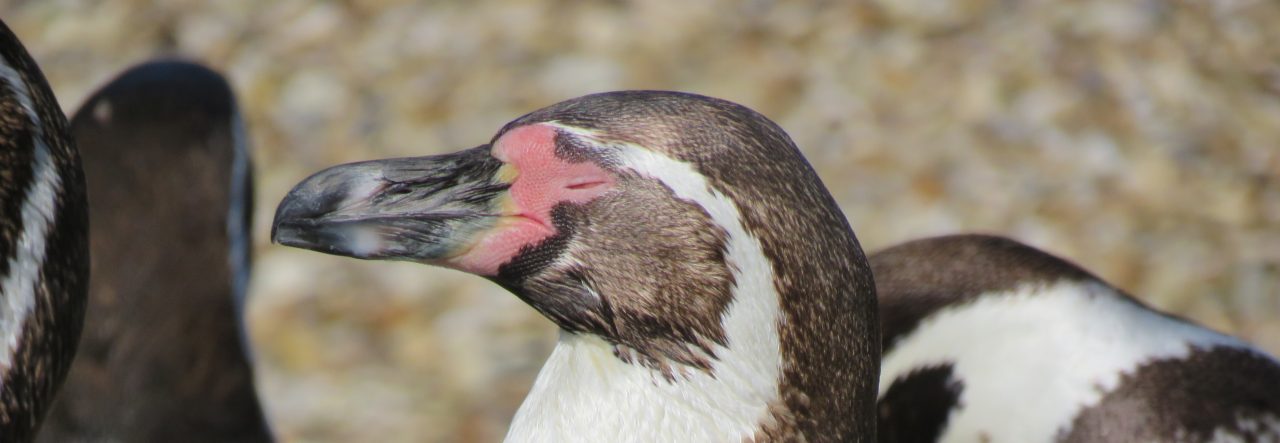
Bangor University Conservation Society held a talk on 31.01.2019 by Malcolm Smith who discussed some of the 15 species, featured in his book, which bounced back after being close to extinction.
Iberian Lynx
Malcom started with the most endangered feline species, once living in their thousands in Southwestern Europe.
Declines occurred due to pouching for skins, poisoning by farmers aiming to kill foxes and habitat loss. 100 were left in the wild in 2004.
The Spanish and Portuguese governments invested in breeding centres. Lynx are kept in compounds without contact with humans and are fed live rabbits to keep their natural hunting instinct.

Releases have taken place in Spain where hunters and farmers are now onside to prevent deaths of the Lynx. Current populations stand at around 400.
During the Q&A, someone asked:
- If lands become deserted in South Spain due to climate change, how will it affect the Lynx?
- It’s more depends on the effects on rabbits, as they make up 90% of the Lynxes diet.
Large Blue Butterfly
Malcolm described this as “a prime case needing to understand ecology before release”. This species went extinct in the UK in 1979 when a reduction in grazing left vegetation overgrown.
This led to a decline in red ants. This is important as red ants carry large blue caterpillars into their nest as they secrete pheromones, mimicking an ant pupa . Caterpillars are then fed by worker ants. The butterfly then emerges from the ants’ nest when ready.
Conservation efforts to maintain habitat has led to an increase in red ants. Alongside this, the reintroduction of the large blue has meant that the South-West of England now has the largest population of Large blues than anywhere in the world.
Other Species
Above are two species I found particularly interesting in a talk which involved several other species including:
- Manatees in USA who were once killed for meat or as result of bycatch and propeller collisions. Now increasing due to reduction in bycatch and boat speeds.

Houbara bustard
- Houbara, hunted in Lanzarote and Middle-East, now back on the rise due to breeding centres and rise in tourism.
- Humpbacks now doing well because of ban on whaling although Norway, Iceland and Japan have continued whaling.
My Thoughts
In a time of negative stories in the news and science, it was refreshing hearing positive stories of how humanity has righted some wrongs.  It helps remind you that until a species is extinct, it’s never too late to help restore numbers.
It helps remind you that until a species is extinct, it’s never too late to help restore numbers.
I wasn’t aware that some species discussed, such as EU bison and Indian Vultures, were once near extinction. Maybe this is due to the lack of public awareness as they aren’t considered ‘cute and cuddly’ like Pandas.
If I go into a conservation career as planned, this talk was a reminder that although it might sometimes be tough, every bit of work could help the species.
Check species’ conservation status here: https://www.iucnredlist.org/

